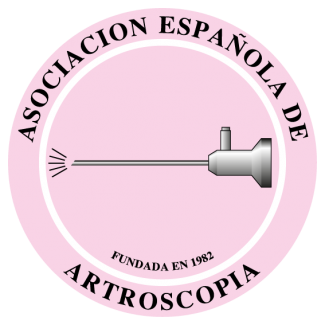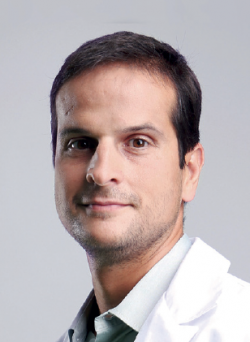It is a source of pride for me to present the first REACA monograph centred on musculotendinous disorders. These injuries, which account for most of the visits to the sports traumatology clinic, have been underrated for many years, and we were unlikely to be able to discuss them at congresses.
At present, within the AEA, we have the Muscle and Tendon Injuries Study Group (Grupo de Estudio de Lesiones Musculotendinosas [GELMUT]), and the present monograph has emerged from REACA and this group.
Knowledge of musculoskeletal (MSK) injuries is crucial for all traumatologists seeking to work in the field of sports. Based on this need, the use of ultrasound has clearly been shown to constitute a cornerstone in the diagnosis and treatment setting. The way we understand soft tissue disease conditions has changed, and the practices of traumatologists in the past (characterized by surgical approaches) have given way to a specialist that opts for conservative treatments and diagnoses, as well as to minimally invasive surgeries. Thus, it can be affirmed that in recent years, MSK injuries have conditioned and modified the way in which sports traumatologists see and treat their patients.
After years of experience in dealing with these injuries, I can say that the percentage need for surgery in such situations is about 10%. This causes knowledge of conservative management options and their combination with physical and rehabilitation therapies to be a crucial matter. But we have also witnessed major and exciting developments in those 10% of cases in which surgery is required. Sonosurgery (surgery guided by ultrasound and arthroscopy simultaneously) has greatly changed the way in which we see tendons and muscles, and especially the outcomes recorded when interventions upon them are needed.
The present monograph offers readers an account focused on the muscle and tendon. A review has been made of the biological, physiological and mechanical principles in order to progress through clinical presentation, diagnosis and treatment. A description has been provided of how the main MSK injuries should be diagnosed and dealt with. In addition, tools have been offered for conservative management and, in the event the latter proves to be ineffective, suggestions are provided regarding the current surgical approaches.
I hope this monograph may serve as a window to the exciting world of MSK injuries. An increasingly large number of traumatologists are finding a passion for these disorders, and I am sure that the REACA will continue to offer publications of interest to all of us in this particular field of knowledge.
Friends, we will meet in the GELMUT.
Dr. Ferrán Abat
Sports traumatologist
ReSport Clinic. Barcelona (Spain)
[[{"fid":"5587","view_mode":"default","fields":{"format":"default","alignment":""},"type":"media","field_deltas":{"1":{"format":"default","alignment":""}},"link_text":null,"attributes":{"class":"media-element file-default","data-delta":"1"}}]]

